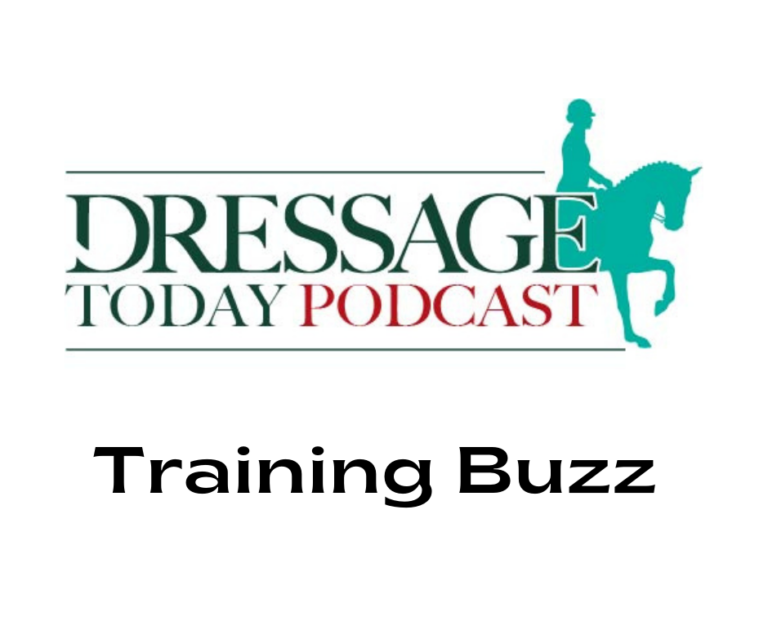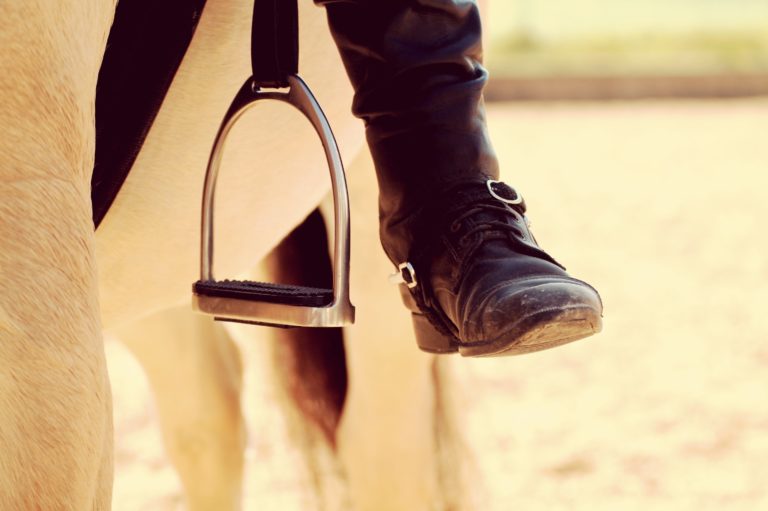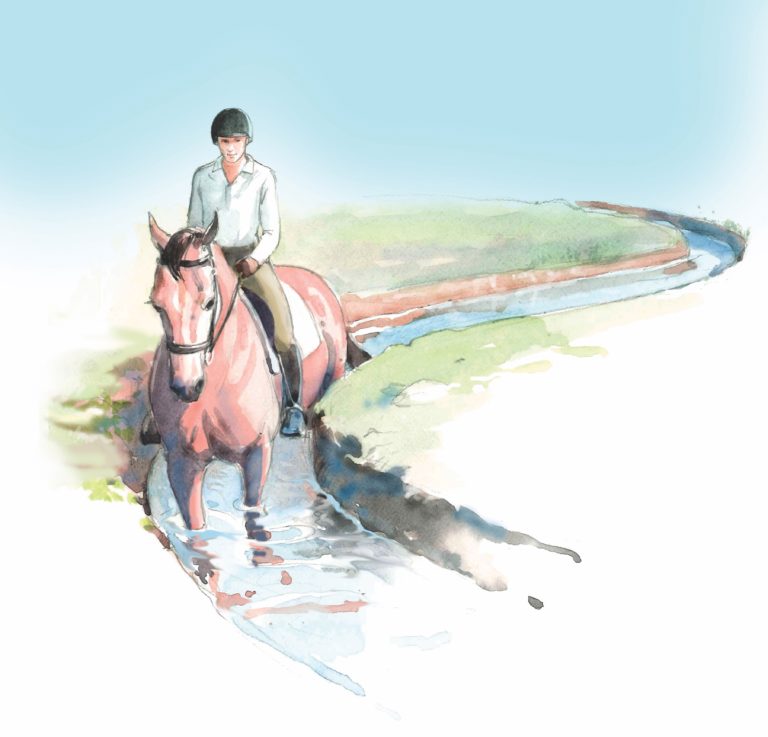Q: Is impulsion something I create with my forward-driving aids or is it something that I need to develop somehow? My horse isn’t lazy. He easily goes forward, which causes me to think I have impulsion. I’m not sure how to get the impulsion that’s needed for dressage. Could you explain?
A: Impulsion in dressage comprises four components: the horse’s desire to move forward, the elasticity of his steps, the suppleness of his back and the engagement of his hindquarters. It sounds as if your horse has the desire to move forward, but is perhaps lacking in one of the other three components.
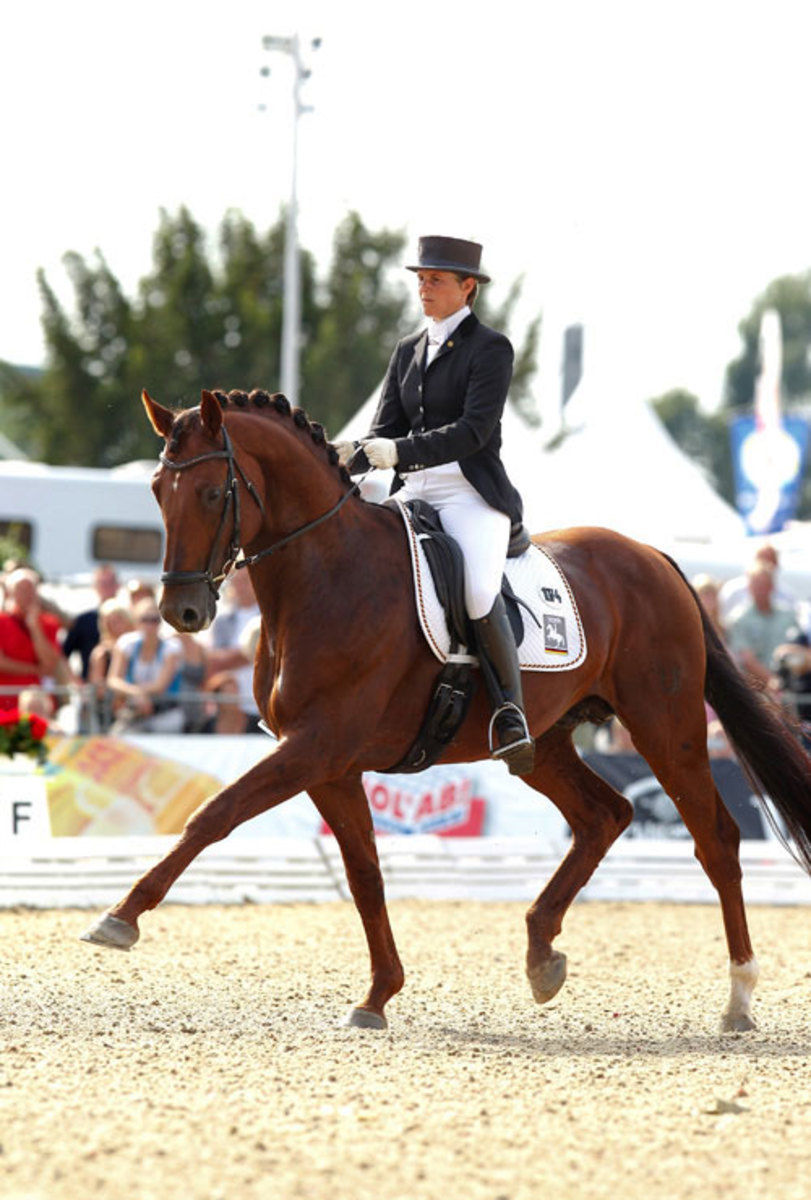
The desire to move forward means that the horse moves freely forward in a clear and steady rhythm and tempo; that he is readily available at the aids of the rider to move off into an energetic gait without quickening. If you use more leg to improve the energy, you have to be careful not to push the horse out of his natural balance and thus get the opposite effect of just running the horse off his feet.
The elasticity of the steps has to do with the flexion and extension of the legs: The horse shows a springiness to his gaits or, in other words, cadence or suspension. If the horse quickens his steps instead, he tends to flatten the gait, which will actually hinder impulsion.
The suppleness of the horse’s back implies that he is relaxed through his topline and that he is using his abdominal musculature to support the stretch of his back muscles. His tail should show a nice swing, indicating that his back is relaxed and without tension. This, in turn, will create a supple topline that will allow the energy produced from behind to flow through the horse without any blockage.
The engagement of the hindquarters means that the horse is capable of carrying his weight with his hind legs and propelling the energy into a longer, more upward thrust for the medium and extended gaits. He will move his balance toward the hindquarters and become more uphill, improving his self-carriage. That is not to say that uphill balance is required at all levels, but that the horse will show a balance that is appropriate to his level of training.
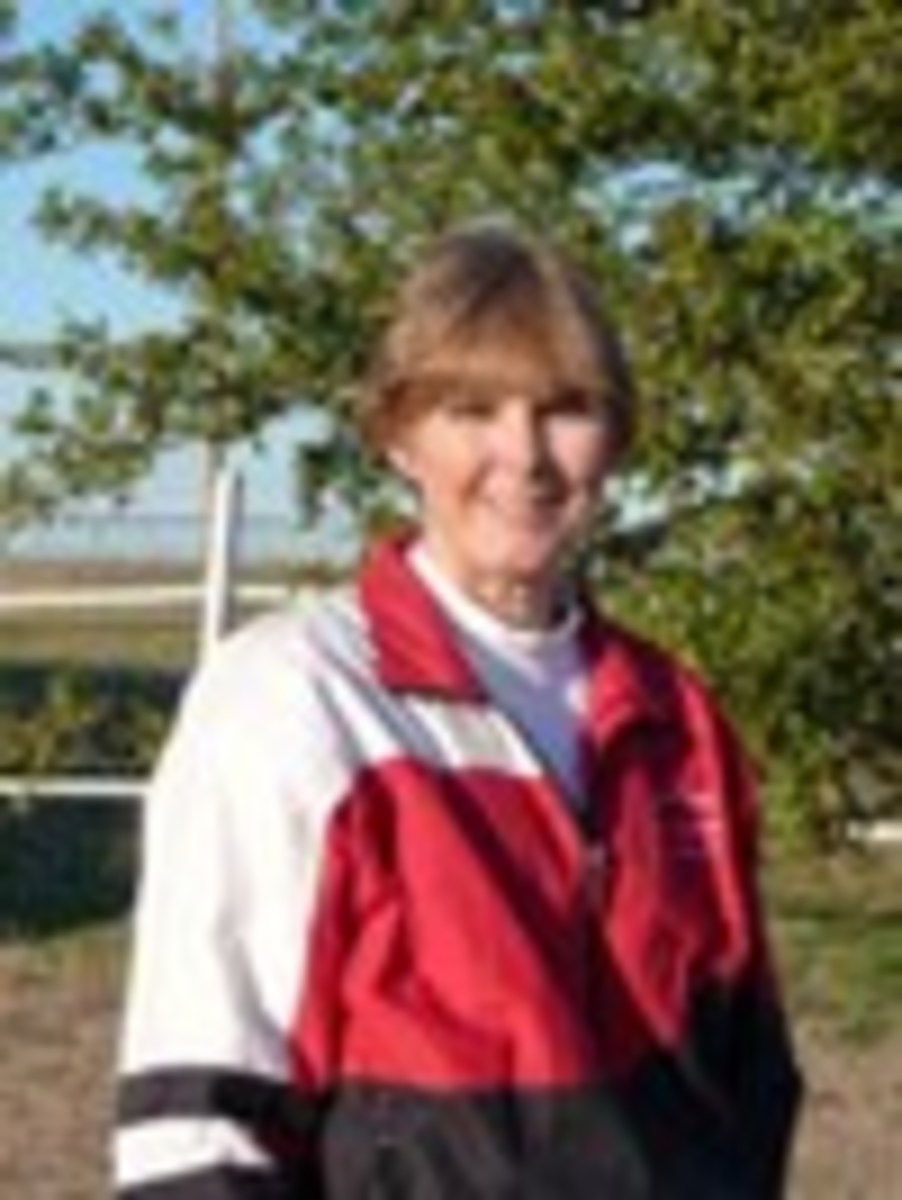
Joan Darnell is a USEF “S” dressage judge and FEI Para-Equestrian 3-star dressage judge.


